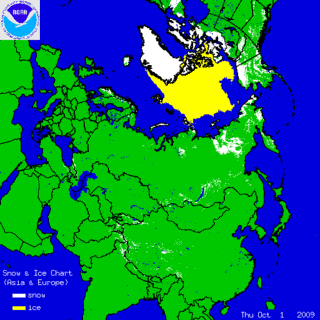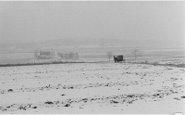Winter '17 / '18 - Correlation of Eurasia's OCT Snow Cover and Season-total Snowfall in NE and M-A Regions
REPOST from OCT-17 (lightly edited for clarity)
Updated with Winter '17 / '18 verifications for RIC and NYC and their outlooks for Winter '18 / '19
---
The correlation between the areal coverage of Eurasia/s OCT snow cover and season-total snowfall has become broad-brushed conventional wisdom (CW) following the innovative research by AER climatologist Dr. Judah Cohen.
But ... just how well does the CW hold up for NEWxSFC/s forecast stations across New England (NE) and the mid-Atlantic (M-A) regions?
To find out ... monthly period-of-record areal snow cover data for Eurasia from Rutgers Global Snow Lab were correlated with season-total snowfall data for the 27 NEWxSFC/s stations.
A positive and statistically significant correlation means the greater the areal snow cover over Eurasia in OCT ... the greater the season-total snowfall for the following winter.
An Excel radar chart shown below depicts the results of the analysis.
Translation: greater season-total snowfall over select stations in the NE and M-A is correlated with greater OCT areal snow cover in Eurasia.
---
The analysis showed other significant correlations of interest.
- RIC/s season-total snowfall has a positive correlation with Eurasia/s AUG areal snow cover.
Eurasia/s AUG-17 snow cover was well below normal ==> lower season-total snowfall @RIC this winter.
VERIFICATION Winter '17 / '18: RIC STP 12.4" (AVG: 13.2")
OUTLOOK Winter '18 / '19: Eurasia's AUG snow cover below average ==> STP below AVG
- NYC/s season-total snowfall has a negative correlation with Eurasia's JUN areal snow cover.
Eurasia/s JUN-17 snow cover was above normal ==> lower season-total snowfall @ NYC this winter.
VERIFICATION Winter '17 / '18: NYC STP 35.4" (AVG: 26.1")
OUTLOOK Winter '18 / '19: Eurasia's JUN snow cover below average ==> STP above AVG
GREEN (RED): positive (negative) correlation between monthly Eurasian areal snow cover and season-total snowfall.
VERIFICATION Winter '17 / '18
Eurasia's OCT-17 areal snow cover was greater than average (12,051,667 km^2 v 10,261,134 km^2).
Positive correlations for the stations listed below suggest Winter '17 / '18 STP would be above average
STN: STP" / AVG"
ABE: 46 / 31.4
BOS: 58.6 / 41.6
BTV: 81.5 / 69.8
PWM: 91.1 / 63.8
---
FINDINGS: data analysis supports the CW for NE forecast stations but not so much across the M-A.





























































